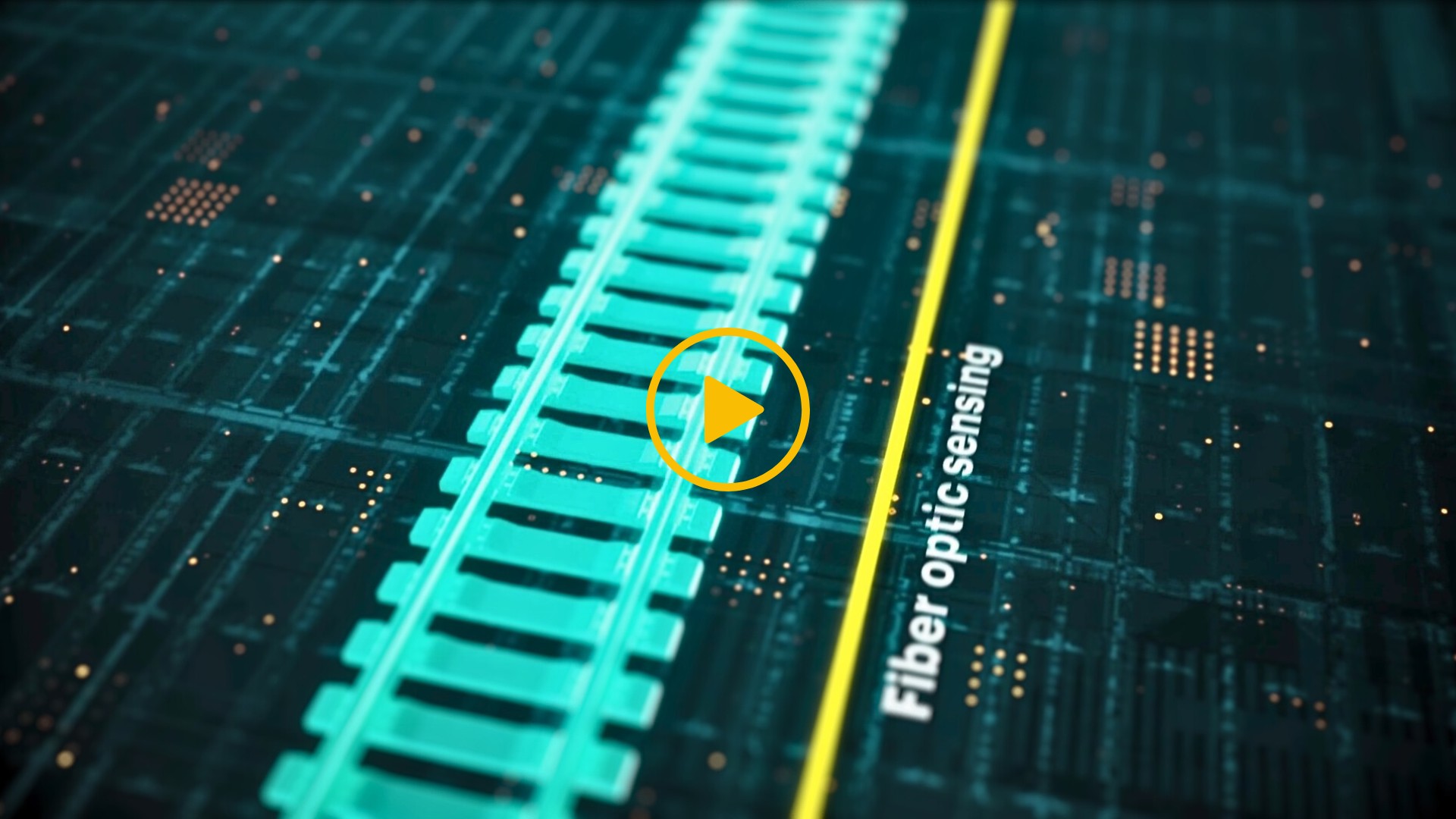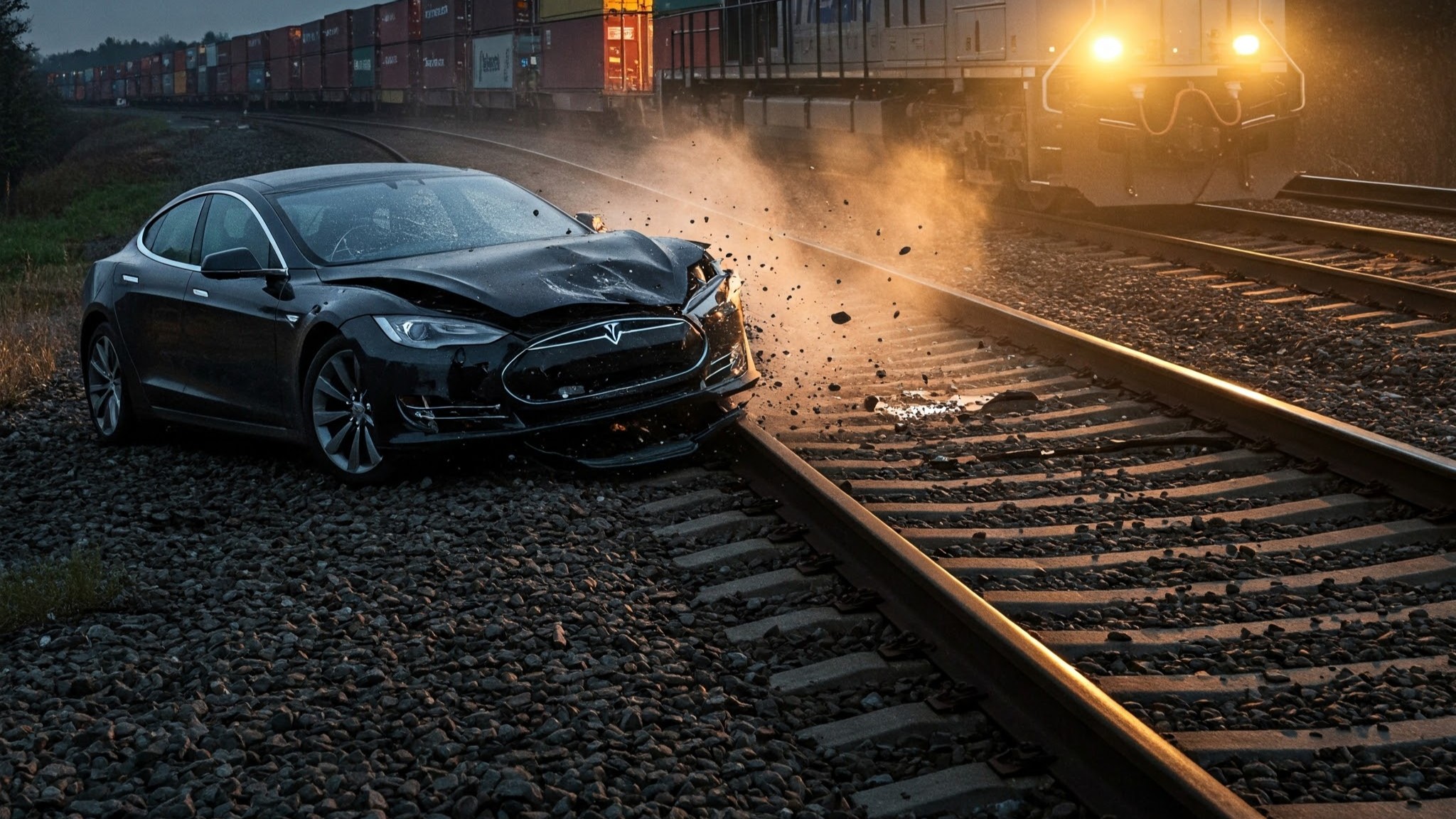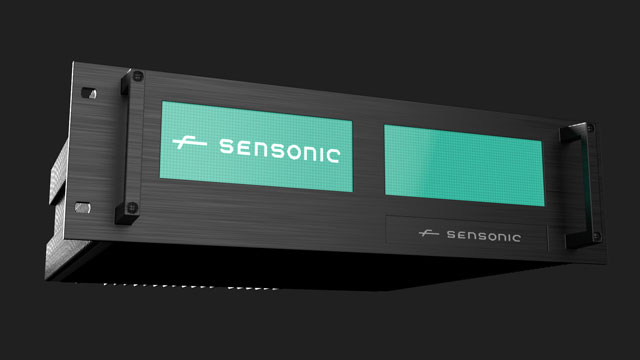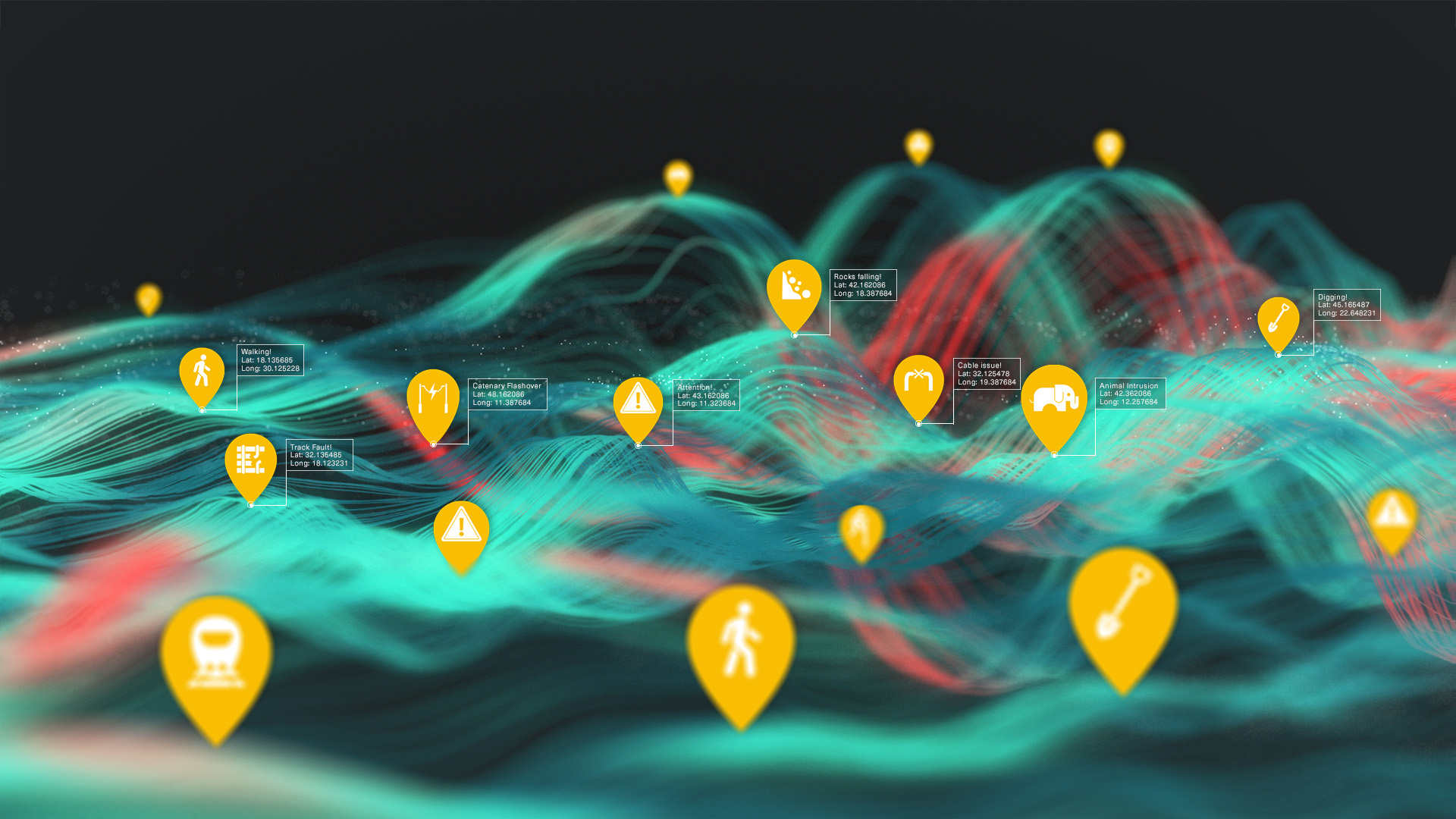4 months on, we secure an update from Kavya to examine the strides made in elephant protection for Indian Railways.

Once this was completed, we moved to installing the first system in the field and working with the local teams who would use and benefit from it.
In August we set up a demonstration unit installing fiber and monitoring approximately 13km of track to the Southeast of Meramandolil station. Elephants tend to cross the railway in regions known as elephant corridors where both natural and man-made features tend to funnel the elephants’ journeys into more concentrated areas across the railway. This specific installation contains an elephant crossing corridor in a place called Haladia Bahal, Odisha (20.786799, 85.345560).
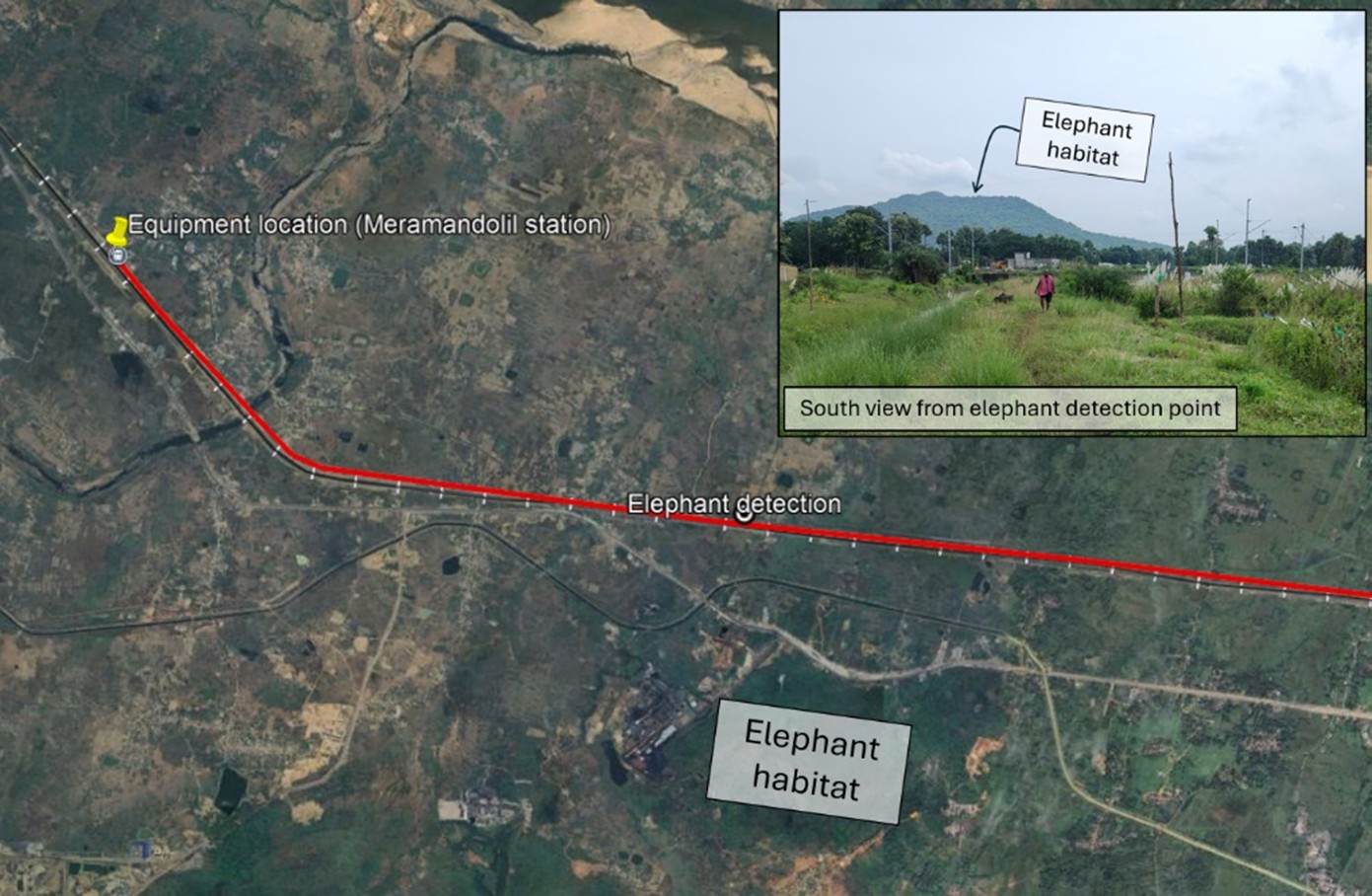
On the 29th of August the detector algorithms were activated to initiate elephant detection – an exciting milestone for the project. Now we had to wait for proof of performance, which relies on finding our large four-legged friends.
We didn’t have to wait long. On the 5th of September a group of 15 elephants were detected and their presence was verified by local teams who took the appropriate actions to manage any potential conflict between animal and train.
A herd of wild elephants are usually made up of family groups with both adults and younger members. Elephants for their size have poor eyesight, particularly poor distance vision. If a group meets a train at speed, it is both a horrific waste of majestic and endangered creatures, but also risks the safety of both train, staff and passengers too, as a large adult can weigh over 5 tonnes. This is a risk I’m very proud to play my part in addressing and trying to mitigate.
The following day a single lone elephant was also detected and its presence again verified by local staff.

So far, sadly the elephants haven’t co-operated with the cameras we set up to try and capture their movements, to remotely verify our findings, passing behind them, or avoiding them entirely. This is partly frustrating, as we don’t have lots of nice photos and videos to show you! But it is also oddly satisfying too. Our fiber optic detection solution isn’t reliant on a clear field of view or having cameras covering every possible angle. We can detect and protect these animals in total darkness and through thick vegetation, something which no other technology can currently offer.
We hope to bring you some more photos and videos soon (if the elephants will pose for the cameras!), but in the meantime, we’ll keep listening out and protecting them whether we can see them or not!
Here is a short video shot by the local staff team of the site the shortly before our system was switched on!
Can you imagine the carnage if a train had been passing and the staff hadn't spotted them?
Like this article? Then share it with the button at the top
